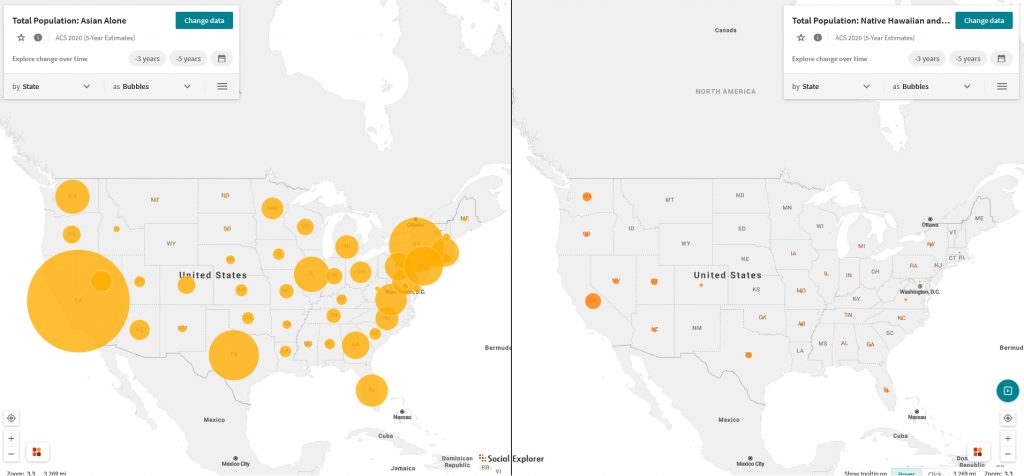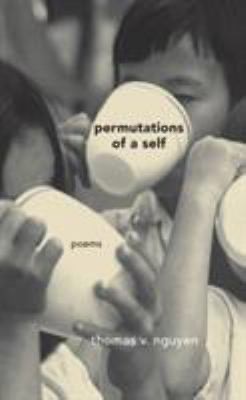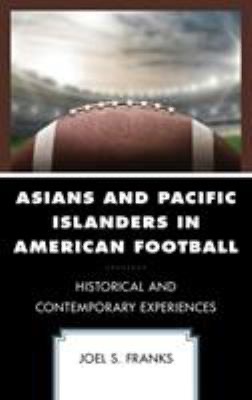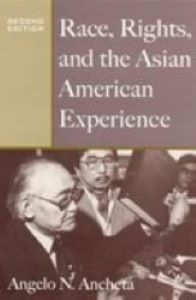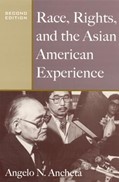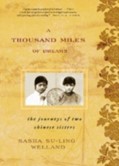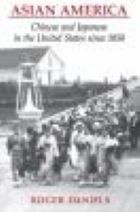May is Asian American and Pacific Islander (AAPI) Heritage Month. We selected featured resources to celebrate the diverse and vibrant traditions and cultures of Asian American and Pacific Islanders in honor of their achievements and contributions to society.
The AAPI Heritage Month 2023 guide provides open and licensed QCL resources highlighting the AAPI people’s experiences and voices. You can find more information of interest in the Asian Studies guide. Below are a few featured resources, including facts, books, digital archives, and streaming media.
Facts about AAPI Heritage Month and Population

AAPI Heritage Month coincides with “two key milestones: the arrival of the nation’s first Japanese immigrants (May 7, 1843) and Chinese workers’ pivotal role in building the transcontinental railroad (completed May 10, 1869)” (U.S. Census Bureau, 2023).
In the United States, the estimated population of Asians alone or combined in 2021 was 24 million, and the estimated population of Native Hawaiian and other Pacific Islanders was 1.7 million (U.S. Census Bureau, 2023).

Featured Books

Rise: A Pop History of Asian America from the Nineties to Now
Boston: Mariner Books, 2022
“RISE is a love letter to and for Asian Americans – a vivid scrapbook of voices, emotions, and memories from an era in which our culture was forged and transformed, and a way to preserve both the headlines and the intimate conversations that have shaped our community into who we are today.”

New York: Penguin Press, 2022
“From the number one bestselling author of Little Fires Everywhere,” Our Missing Hearts is “a deeply suspenseful and heartrending novel about the unbreakable love between a mother and child in a society consumed by fear.”

New York: Farrar Straus Giroux, 2017
“Five girls. Three generations. One great American love story. You Bring the Distant Near explores sisterhood, first loves, friendship, and the inheritance of culture – for better or worse.”

New York: The Feminist Press at the City University of New York, 2021
“Part food memoir, part sociological investigation, TASTES LIKE WAR is a hybrid text about a daughter’s search through intimate and global history to understand herself and the cultural roots of her mother’s condition.”

New York: New York University Press, 2022
“Bruce Lee embodies the intermixture of cultures that results from transnational flows of people, ideas, and capital.” This book highlights “Bruce Lee’s influence beyond martial arts and film” as an “Asian and Asian American icon of unimaginable stature and influence.”
Visit us to find more featured books in “Cultural Awareness Month Displays” at Benjamin S. Rosenthal Library, 3rd floor Commons.
Digital Archives and Websites
Asian American Arts Spotlight: “American artists of Asian heritage bring a combined legacy to their work, and varieties of Asian thought and spiritual practice have had a profound and lasting influence on a remarkable number of Western artists. Influence has been a two-way street between contemporary American art practice and Asian cultures, past and present.”
Tagging and Transcription for Chinese Heritage Records: “The records are a major resource for the study of Chinese immigration and Chinese American travel, trade, and social history from the late-19th to the mid-20th century. Because many documents relate to individual immigrants, they are invaluable for the study of Chinese and Chinese American family history.”
National Park Service Celebrates Asian Pacific Islander Heritage Month: “Asian Americans and Pacific Islanders have a rich heritage thousands of years old and have both shaped the history of the United States and had their lives dramatically influenced by moments in its history. Every May during Asian American and Pacific Islander Heritage Month and throughout the year, the National Park Service and its partners share those histories and the continuing culture thriving in parks and communities today.”
Streaming Media and Broadcasting
Asian American and Pacific Islander (AAPI) Collection: “The AAPI Collection features more than 230 public radio and television programs in the American Archive of Public Broadcasting from 1965 to 2019 that highlight Asian American and Pacific Islander cultures in the United States. The collection includes interviews with Asian American artists and writers.”
The Center for Asian American Media: “The Center for Asian American Media (CAAM) Collection contains 63 films that speak to the Asian experience through the lens of history.” The collection contains “a diverse array of subjects from a variety of geographic locations” and “biographies that show a glimpse into the life of young Asian Americans who struggle with identity, adversity, and overcoming complex obstacles in order to achieve their goals, and even the smallest wins in life.”
Queens College Library video collections on AAPI: Using QCL online catalog OneSearch and streaming video databases to find more video collections of interest.
Share Post:

